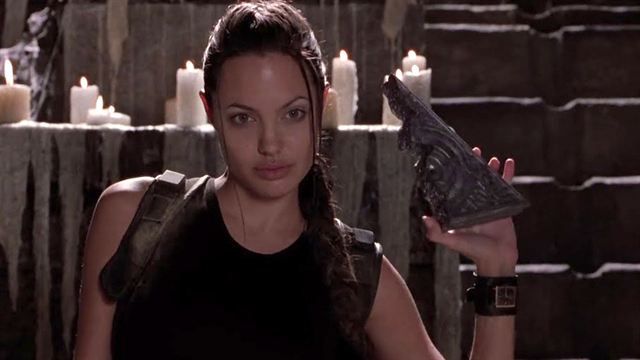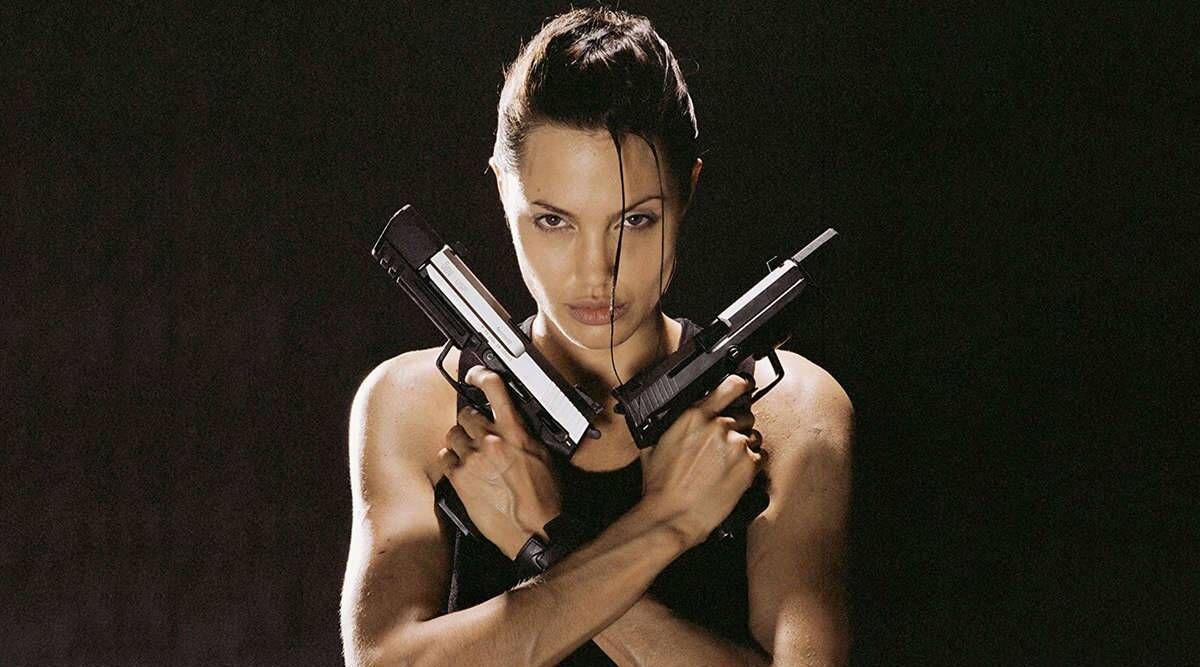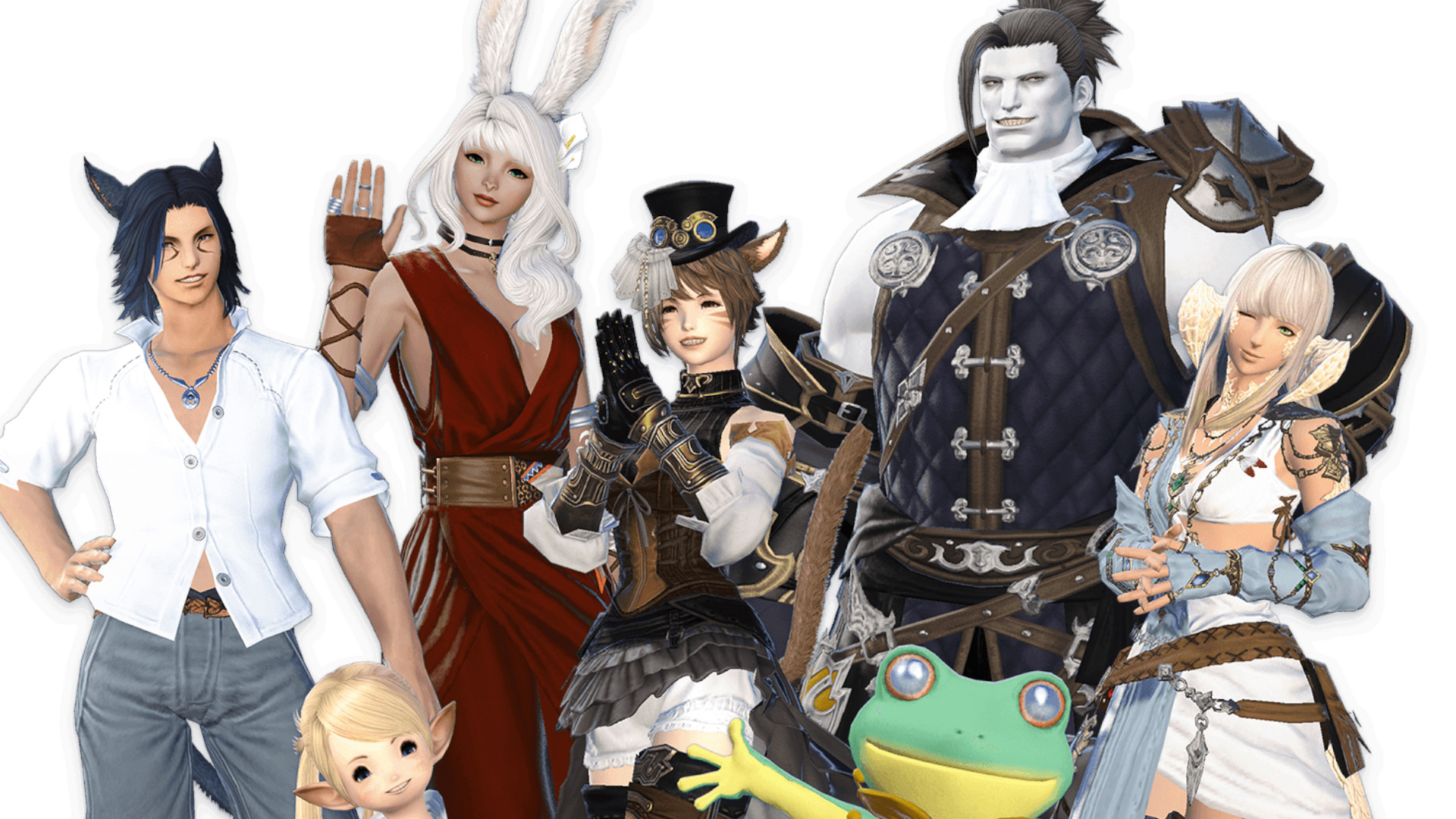
This week marks the 20th anniversary of Lara Croft: Tomb Raider hitting cinemas, which is as good a time as any to look back on its legacy. Video game movies have turned it around recently, with Sonic the Hedgehog, Detective Pikachu, and Mortal Kombat helping buck the trend of box office bombs. Lara Croft’s film debut launched during the era of the bad video game movies though, when films like BloodRayne, Alone in the Dark, Hitman, Doom, and Max Payne would have been better off being released into a garbage dump than a cinema, and this has long stained its reputation. For what it’s worth, the sequel, Lara Croft Tomb Raider: The Cradle of Life (otherwise known as Lara Croft Tomb Raider: The Case Of The Magical Moving Colon), belongs in this category. Angelina Jolie's first outing as Lara does not, however, and two decades on, it still seems unfair that it gets lumped in with the other flops.
The controversy started before the film even made it to the silver screen, with many fans expressing disdain towards the fact an American actress had been cast as the iconic British lead. It didn't help that Bridget Jones' Diary pulled the same stunt with Renee Zellwegger around the same time. Of course, given the casual sexism of the era, there were also complaints that Angelina Jolie was too ugly to play Lara (yes, really), and that, to be blunt, her chest was too small. There was also some worry that Jolie's eccentric personal life and tattoos made her wrong for the part. I'd love to have seen early-'00s Jolie take on the Angel of Darkness version of Lara (it came out two years after the movie, so that was never going to happen), but even in the more regular Lara Croft role, these complaints seem foolish.
Related: Interview: Natalie Clarke, The First Ever Lara Croft
And they were. Jolie was magnificent as Lara – let's not bring up Cradle of Life – perfectly understanding the mixture of sexiness without being objectified, confidence without being cocky, witty without being comedic, and strong without being brutish. Alicia Vikander, who played Lara in 2018's Tomb Raider, nails the grit and naivety of reboot Lara, but Jolie is the Tomb Raider you remember from the Lucozade bottles. Tomb Raider: Legend, which came out five years after the film, has always been my favourite version of Lara, and Keeley Hawes takes clear cues from Jolie's performance, as well as playing into the personality established in earlier games.

If you really want to play the 'what if…?' game with Jolie’s casting, it wasn't a young British star Jolie pipped to the role, like Anna Friel, but instead fellow American Denise Richards. Given how Jolie's and Richards' careers have gone since 2001, I think it's fair to say the casting of Jolie aged very well indeed.
Aside from Jolie, there's the story itself. It's not an adaptation of any existing Tomb Raider game, although Legend's Bolivia and London levels certainly borrow from it later. It's instead a loose interpretation of Tomb Raider lore and mythology, but it's best to think of it as a new story with the same character. It does go off the rails a little bit, but let's be honest, so do the games. Fighting a T-Rex now, am I? Sound. We forgive the games because actually playing them is so damn fun. In the movie, when we're forced to watch the (apparently monstrously ugly) Angelina Jolie go through these action sequences, it all feels like a big budget episode of The Crystal Maze. It's daft, but it's Tomb Raider. Have some fun. The problem with the movies I mentioned at the start, Alone in the Dark and the rest, is they're afraid to have fun. They understand that as a video game movie, they will struggle to be taken seriously, and so make everything as dour and serious as possible to grasp at legitimacy. Lara Croft: Tomb Raider does not.

As well as casting an American actress as the British lead, they also went and cast the British Daniel Craig and forced him to do an American accent. At the time, when these sorts of movies were supposed to take themselves seriously, Lara Croft: Tomb Raider was dismissed as silly. That's likely why Cradle of Life twisted itself in knots trying to tell a more complicated story. Games still want Papa Hollywood to take them seriously now, but instead of doing it through adaptations, it's through petty victories over the Oscars and blockbuster triple-A titles that take more cues from the film canon than the gaming one. We still aren't a mature enough medium to discuss themes the way film does – where's our Promising Young Woman, anyway?
Lara Croft: Tomb Raider is still clearly courting Hollywood approval, but it's keen to remain fun and joyful as it does so. Considering the main draw with games is playing them – and presumably, having fun while doing so – a lot of gaming movies lack this sense of joy. Lara Croft: Tomb Raider does not, and 20 years on, that's still worth celebrating.
Next: Brie Larson's YouTube Success Is Vindication From The Trolls

